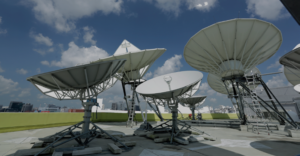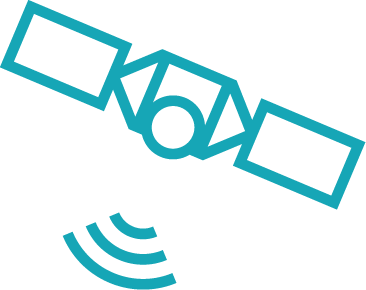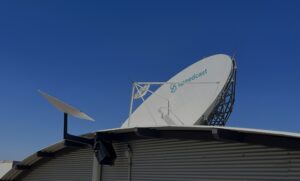Since Starlink put its 5,000th satellite into orbit, a question has begun echoing in the chambers of the internet. Can internet from the sky be a better deal than connectivity from a cable or optical fiber on the ground? Are those smart Starlink antennas going to sprout up everywhere and take the place of copper, glass or wireless networks?
As always, it depends.
What Does it Cost?
Starlink charges different amounts in different countries, but its home service currently runs US$90-120 per month for 25-220 Mbps, with a $600 equipment fee for the antenna. If you’re a business user, you pay from $140 to $500 per month for 40-220 Mbps, with a $2,500 equipment fee. Starlink Maritime runs $250-5,000 per month for 220 Mbps and the same $2,500 equipment fee. All of these figures are as of March 2024.
That pricing seems like a good fit for the 42 million Americans, mostly in rural areas, who have no access to broadband at home or in their place of work. In Latin America, only 45 percent of households currently have broadband access. That low percentage is driven by what some may call a uncompetitive telecom market, but it still suggests massive opportunity for bringing broadband to middle-class households. Starlink can’t bring broadband to everyone while staying in business, but it can make quite a dent in the offline numbers.

Doing Business
For businesses, the requirements for internet service are often more complex. While Starlink’s residential service has proven effective for home users, remote workers, and many small businesses, it lacks guarantees regarding data volume and potential outages. This service level, similar to that of other ISPs, continues to drive growth in Starlink subscriptions.
To address the needs of business users, Starlink introduced a Service Level Agreement (SLA) in early 2025, guaranteeing 99.9% network availability for their Business Priority Plans. This commitment ensures that essential services remain operational with minimal downtime.
Best of Both Worlds
Speedcast knows so much about Starlink and the needs of our business customers because we are an authorized Starlink integrator. We’ve deployed thousands of Starlink antennas for business operations around the world.
In almost every case, however, they are not deployed as a standalone service. We integrate Starlink into a multi-service system that combines Starlink with traditional connectivity options that offer a guaranteed level of service, or CIR. This includes everything from traditional VSAT options to Cellular and more, which can all be part of the mix depending on customer requirements and operating environment. Our SIGMA network management and edge compute platform manages it all to balance the quality of service required for an application with the availability and cost of connections. Web surfing and email may run over Starlink as they would at home, while connection to an enterprise data center supporting operations might use a CIR-based service. And when, for example, a vessel is in port, bonded cellular can support one or both services to take advantage of its lowest cost.
So, is Starlink better than most internet plans? Whether you are a home or business user, Starlink brings new capacity, exciting technology and a quality of service. The new LEO solution has allowed its company to grow their subscriber base from zero in 2020 to 2.3 million across 60 countries at the end of 2023.

But is it the one answer to all your needs?
With a multipath solution from Speedcast, it doesn’t have to be.
Don’t take on the stress or risk of selecting a single connectivity solution that can create unexpected failure points or put you in a position where your connectivity needs are only partially met. Connect with us to learn more about hybrid solutions that integrate LEO, GEO, and 4G/5G, capable of taking advantage of the highest levels of uptime, availability, and performance across all available paths.
The software intelligence delivered by our SIGMA platform, coupled with a deep understanding of how each technology path behaves around the world, are just some of the reasons customers come to Speedcast to get access to our entire connectivity toolkit.




























